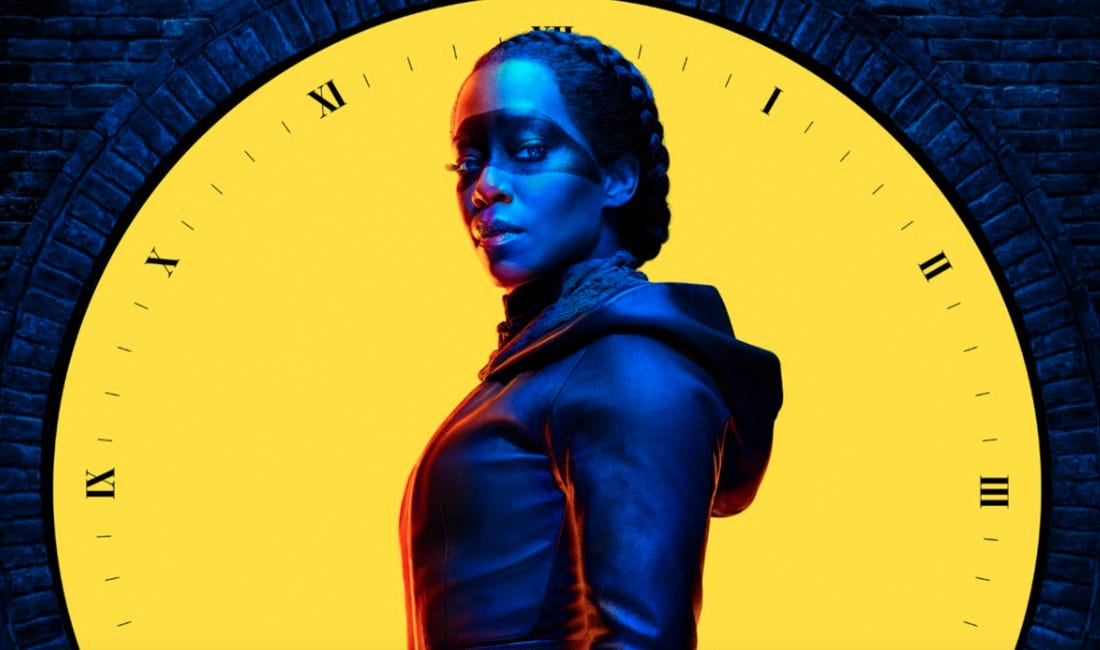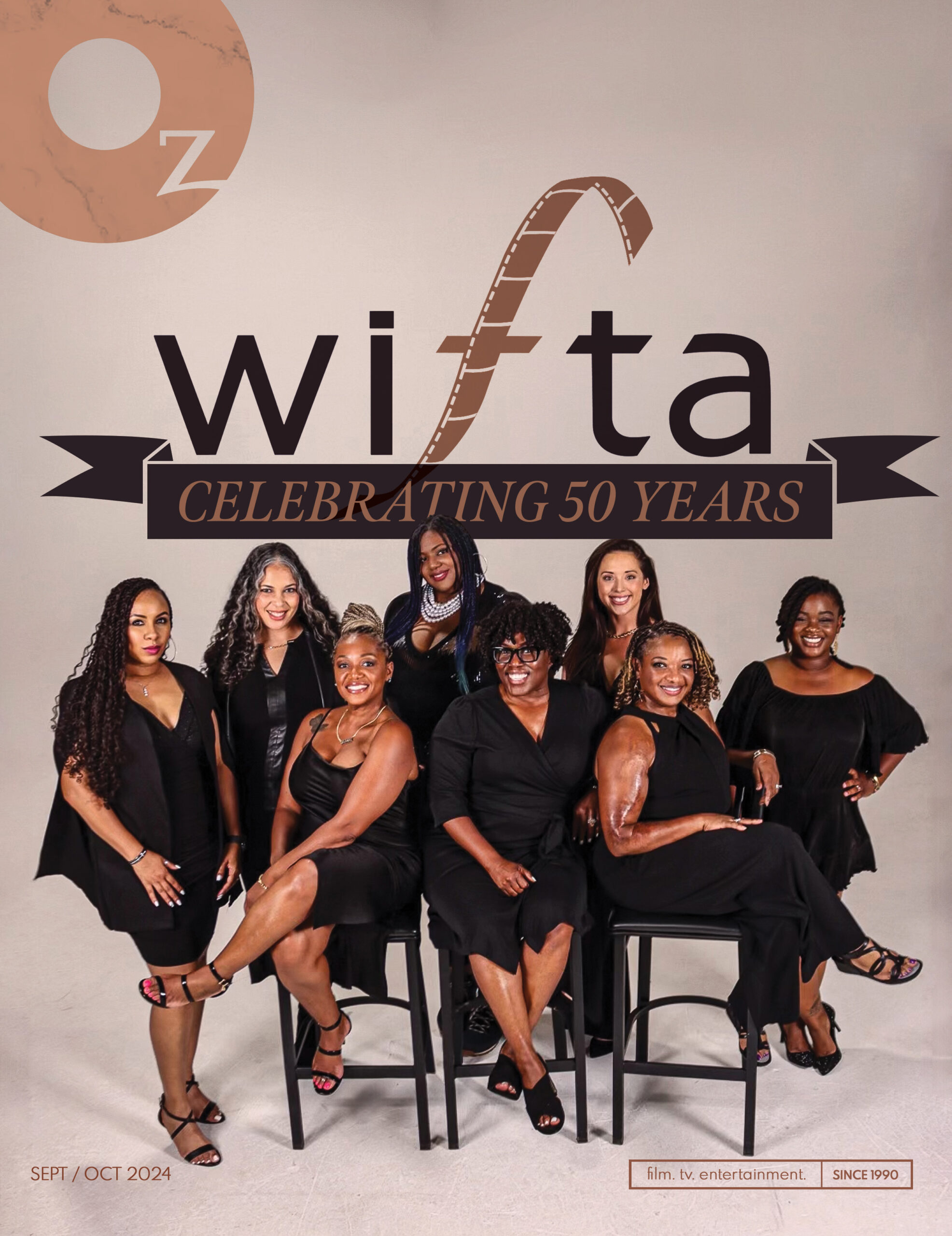

Regina King, Damon Lindelof, and others tell us how they updated the legendary comic for this 2019 adaptation.
How do you update Watchmen for 2019?
That might sound like a question with an obvious answer: You just do Watchmen. After all, the graphic novel, which has been consistently in print since its 12-volume run ended in 1987, is pretty terrific, and a TV miniseries version could restore much of the material that had been cut for time in Zack Snyder’s 2009 film adaptation.
A miniseries might also restore at least some of the more cutting subtext that Snyder’s version appeared to misunderstand entirely. When the characters in Alan Moore and Dave Gibbons’s comic commit acts of ultra-violence, the comic doesn’t really present those actions as anything worth celebrating. At best, they’re a grim necessity. At worst, violence is the product of damaged minds.
But the larger issue with updating Watchmen today is that it now reads as a very deliberate period piece. The comic book is set in a world where President Richard Nixon is in his fifth term and threats of nuclear war with the Soviet Union have escalated substantially. It’s a funhouse mirror of the world Moore and Gibbons saw in the 1980s, where Nixon might have been disgraced, but his political philosophy had won the day; a time when nuclear catastrophe seemed inevitable.
But we’re here in 2019, where the long hangover we’re dealing with are the neoliberal economic philosophies of the ’80s, ’90s, and ‘00s, and where the most pressing concern worldwide is the returning specter of nationalism (and explicitly white nationalism in many nations). How do you update Watchmen to be about that?
“What, in 2019, is the equivalent of the nuclear standoff between the Russians and the United States?” series creator Damon Lindelof asked about the original Watchmen’s central question at the 2019 Television Critics Association press tour in July. His answer: “It just felt like it was undeniably race and policing in America.”
Read the full article on Vox, here.






